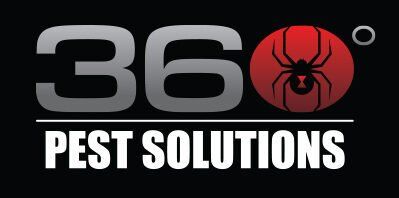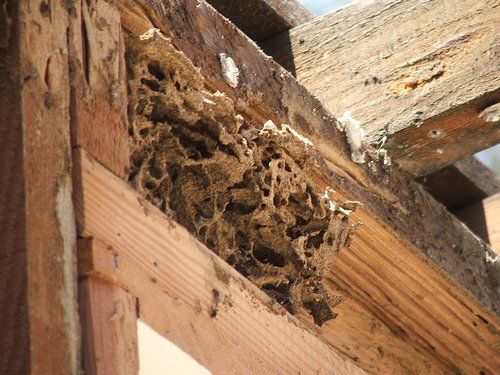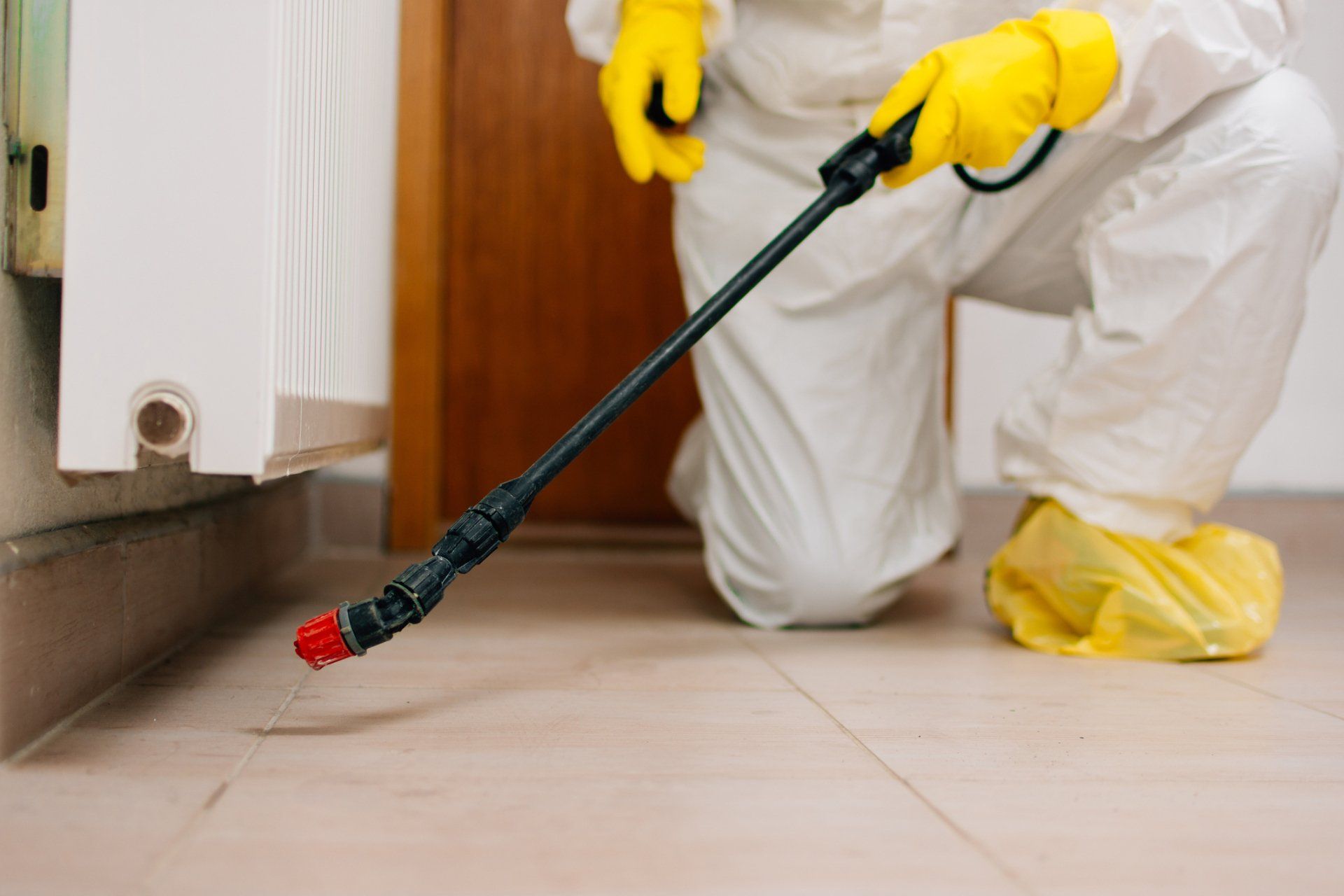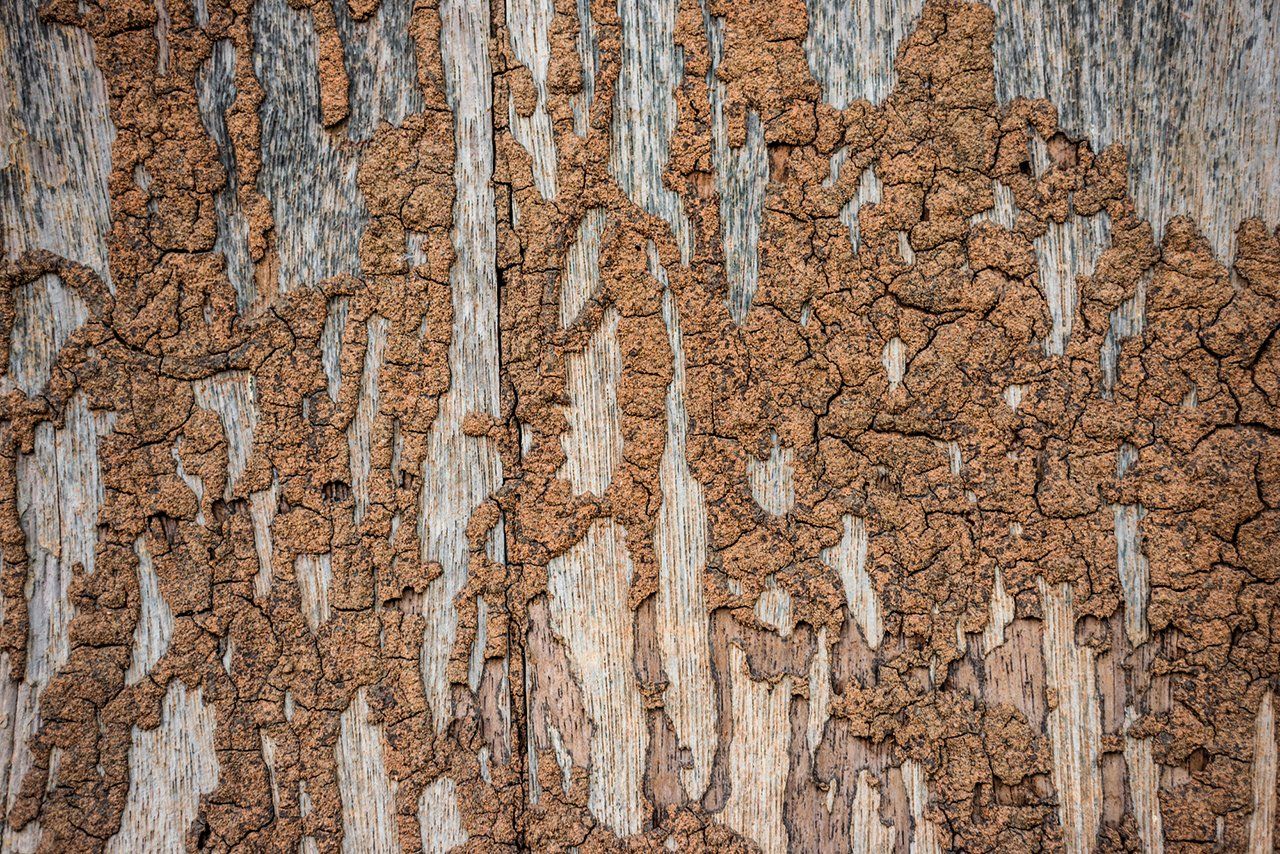Termite Control
When It Comes to Termites, There Is Never Just One.
Termites live in huge nests within colonies, organized into caste systems. So, if you start to see evidence of one, there is likely more hiding beneath the surface.
With our termite treatment services, we honestly assess the extent of the infestation and wipe out the nest fully. 360 Pest Solutions can help treat the problem with termite control, preventing the destruction of your home or business in Mansfield, Ohio.
Termite Control
When It Comes to Termites, There Is Never Just One.
Termites live in huge nests within colonies, organized into caste systems. So, if you start to see evidence of one, there is likely more hiding beneath the surface.
With our termite treatment services, we honestly assess the extent of the infestation and wipe out the nest fully. 360 Pest Solutions can help treat the problem with termite control, preventing the destruction of your home or business in Mansfield, Ohio.
Termite Control
When It Comes to Termites, There Is Never Just One.
Termites live in huge nests within colonies, organized into caste systems. So, if you start to see evidence of one, there is likely more hiding beneath the surface.
With our termite treatment services, we honestly assess the extent of the infestation and wipe out the nest fully. 360 Pest Solutions can help treat the problem with termite control, preventing the destruction of your home or business in North Central Ohio.
Termites Cause More Than $5 Billion In Damage in The United States Each Year.
That's more than fire, storm, and earthquake damage combined. The average home repair caused by termites is as much as $7,000, and unfortunately, homeowner's insurance usually does not cover the cost of repairs. With a Termite Queen capable of producing an astounding 1,000,000 offspring in her lifetime, it's easy to imagine how vital termite control can be.
Termites Cause More Than $5 Billion In Damage in The United States Each Year.
That's more than fire, storm, and earthquake damage combined. The average home repair caused by termites is as much as $7,000, and unfortunately, homeowner's insurance usually does not cover the cost of repairs. With a Termite Queen capable of producing an astounding 1,000,000 offspring in her lifetime, it's easy to imagine how vital termite control can be.
Termites Cause More Than $5 Billion In Damage in The United States Each Year.
That's more than fire, storm, and earthquake damage combined. The average home repair caused by termites is as much as $7,000, and unfortunately, homeowner's insurance usually does not cover the cost of repairs. With a Termite Queen capable of producing an astounding 1,000,000 offspring in her lifetime, it's easy to imagine how vital termite control can be.
How Do I Know If I Have Termites?
The first step in prevention is to be on the alert for termites. Termites rarely emerge from the soil, mud tubes, or food sources through which they are tunneling. Most people are not aware they have termites until they see a swarm or come across damage during construction.
How Do I Know If I Have Termites?
The first step in prevention is to be on the alert for termites. Termites rarely emerge from the soil, mud tubes, or food sources through which they are tunneling. Most people are not aware they have termites until they see a swarm or come across damage during construction.
How Do I Know If I Have Termites?
The first step in prevention is to be on the alert for termites. Termites rarely emerge from the soil, mud tubes, or food sources through which they are tunneling. Most people are not aware they have termites until they see a swarm or come across damage during construction.
Understanding how to detect if your home has a termite infestation can save you from further damage.
- Look for brittle or hollow wood in your house. Termites eat wood from the inside out, so if you tap on wood and it sounds hollow, there's a chance of termite problems.
- Look around the foundation of your home for mud tubes; termites use these tubes to travel back and forth from your home to the ground. Look for these tubes on the cellar walls, wooden posts, wall studs, mudsills, and door and window trim. Wood embedded in earth or concrete cellar floors is especially susceptible to termites.
- If you see groups of winged insects either flying or dead inside or outside of your home, there's a good chance you have a termite infestation.
- You might even see tiny holes in the drywall where swarmers are coming out; it's quite an awful sight.
Understanding how to detect if your home has a termite infestation can save you from further damage.
- Look for brittle or hollow wood in your house. Termites eat wood from the inside out, so if you tap on wood and it sounds hollow, there's a chance of termite problems.
- Look around the foundation of your home for mud tubes; termites use these tubes to travel back and forth from your home to the ground. Look for these tubes on the cellar walls, wooden posts, wall studs, mudsills, and door and window trim. Wood embedded in earth or concrete cellar floors is especially susceptible to termites.
- If you see groups of winged insects either flying or dead inside or outside of your home, there's a good chance you have a termite infestation.
- You might even see tiny holes in the drywall where swarmers are coming out; it's quite an awful sight.
Understanding how to detect if your home has a termite infestation can save you from further damage.
- Look for brittle or hollow wood in your house. Termites eat wood from the inside out, so if you tap on wood and it sounds hollow, there's a chance of termite problems.
- Look around the foundation of your home for mud tubes; termites use these tubes to travel back and forth from your home to the ground. Look for these tubes on the cellar walls, wooden posts, wall studs, mudsills, and door and window trim. Wood embedded in earth or concrete cellar floors is especially susceptible to termites.
- If you see groups of winged insects either flying or dead inside or outside of your home, there's a good chance you have a termite infestation.
- You might even see tiny holes in the drywall where swarmers are coming out; it's quite an awful sight.
Termites vs. Flying Ants
The presence of swarming termites or their wings alone is a sure sign that termites are working in a building. Winged termites are often confused with winged ants. Most ants in the house are only nuisances and, except for carpenter ants, do not damage the wood. For this reason, it is necessary to know the differences between winged termites and winged ants. The easiest way to distinguish the two groups is to look at their waists.
An ant has a narrow, wasp-like waist; a termite has a broad waist. The antennae or feelers of ants are L-shaped, whereas those of termites are straight. Furthermore, the four wings of termites are of equal length and nearly twice the termite body, while ant wings are approximately equal to the size of the ant, and the fore and hind wings are of unequal length.
Termites vs. Flying Ants
The presence of swarming termites or their wings alone is a sure sign that termites are working in a building. Winged termites are often confused with winged ants. Most ants in the house are only nuisances and, except for carpenter ants, do not damage the wood. For this reason, it is necessary to know the differences between winged termites and winged ants. The easiest way to distinguish the two groups is to look at their waists.
An ant has a narrow, wasp-like waist; a termite has a broad waist. The antennae or feelers of ants are L-shaped, whereas those of termites are straight. Furthermore, the four wings of termites are of equal length and nearly twice the termite body, while ant wings are approximately equal to the size of the ant, and the fore and hind wings are of unequal length.
Termites vs. Flying Ants
The presence of swarming termites or their wings alone is a sure sign that termites are working in a building. Winged termites are often confused with winged ants. Most ants in the house are only nuisances and, except for carpenter ants, do not damage the wood. For this reason, it is necessary to know the differences between winged termites and winged ants. The easiest way to distinguish the two groups is to look at their waists.
An ant has a narrow, wasp-like waist; a termite has a broad waist. The antennae or feelers of ants are L-shaped, whereas those of termites are straight. Furthermore, the four wings of termites are of equal length and nearly twice the termite body, while ant wings are approximately equal to the size of the ant, and the fore and hind wings are of unequal length.
CONTACT INFORMATION






Areas of Service
Ashland
Mansfield
Galion
Bucyrus
Marion
Crestline
Shelby
Bellville
Butler
Mt. Gilead
Mount Vernon
Fredericktown
CONTACT INFORMATION






CONTACT INFORMATION






Areas of Service
Ashland
Mansfield
Galion
Bucyrus
Marion
Crestline
Shelby
Bellville
Butler
Mt. Gilead
Mount Vernon
Fredericktown





